Distraction is now largest contributor to SA road deaths, with phones the biggest problem
Drivers eating, leaning over the back seat, and — over and over — on their phones. It didn’t take us long to find the photos that prove SA drivers aren’t watching the road.
SA News
Don't miss out on the headlines from SA News. Followed categories will be added to My News.
Distraction is the new big killer on South Australia’s roads, emerging as the main contributing factor in fatalities over the past decade.
Police say they hope the message is now getting through to drivers that using mobile phones is “totally unacceptable”.
Police and Transport Department figures show road deaths linked to drink-driving have declined significantly in the past 20 years, while distraction is now the deadliest driving behaviour.
An RAA survey mirrors the figures, showing that SA drivers believe that driver distraction is the most common contributor to road collisions.
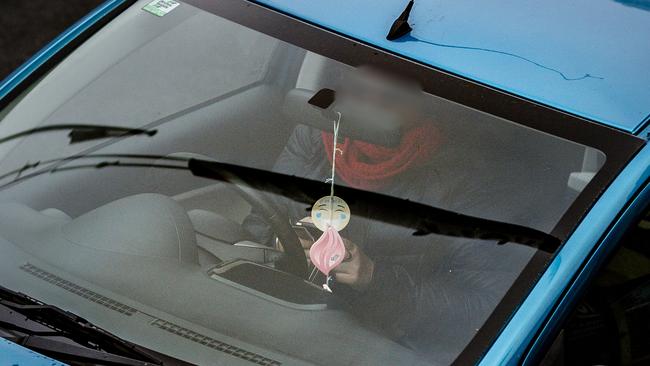
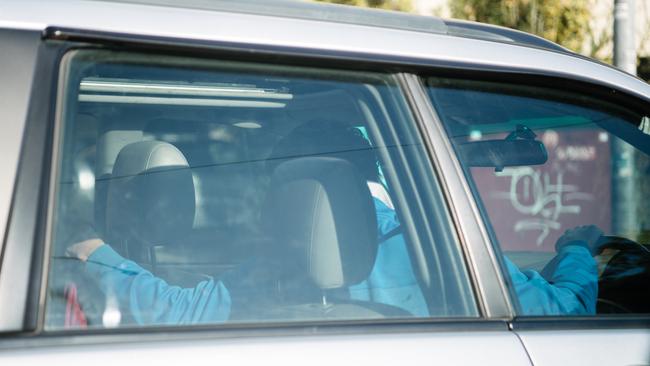
They were followed by speeding and driving under the influence of alcohol or drugs.
Of the 62 fatalities so far this year, 20 crashes — or 32.9 per cent — were related to distraction, preliminary police evidence showed. Only five road deaths involved drink-driving. Distraction has been the main contributing factor behind 30.9 per cent of fatalities between 2009 and 2018.
Over the same 10 years, about one in five fatalities on average was alcohol-related.
Between 1999 and 2008, drink-driving — along with speeding — was the most common cause of death on SA roads with 31.6 per cent, DPTI data showed.
Over a 10-hour period this week, Advertiser photographers captured more than a dozen drivers in Adelaide using mobile phones.
Superintendent Bob Gray, of the SA Police Traffic Support Branch, said drivers could be distracted by mobile phones, other electronic devices, other people or children in the vehicle, unrestrained animals in a vehicle, or any other object that a driver may reach for or interact with.
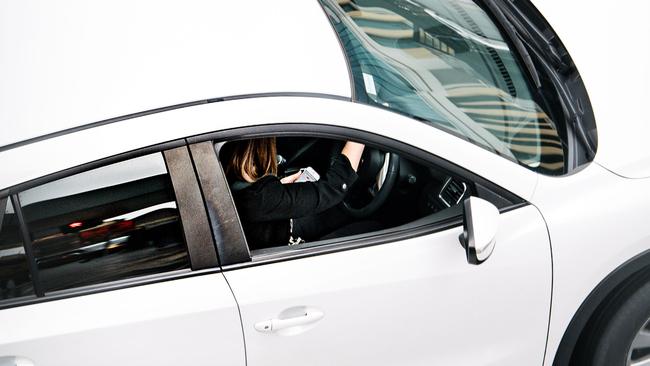
“It is of vital importance that drivers pay attention to the sole task at hand when they are behind the wheel or riding on the roads — the life they save may be their own,” he said.
“Police hope that the message is getting through to the community that using a phone while driving is totally unacceptable. While there is a specific road rule about mobile phones, in other cases motorists can be charged with driving without due care.”
More than 500 people responded to this year’s RAA Driver Behaviour and Experience Survey and 71 per cent identified driver distraction as the top reason for road collisions, followed by speed (61 per cent) and alcohol and drugs (57 per cent).
Nine out of 10 respondents also believed many crashes on were avoidable, with 86 per cent agreeing the best way to avoid crashes was to pay more attention.
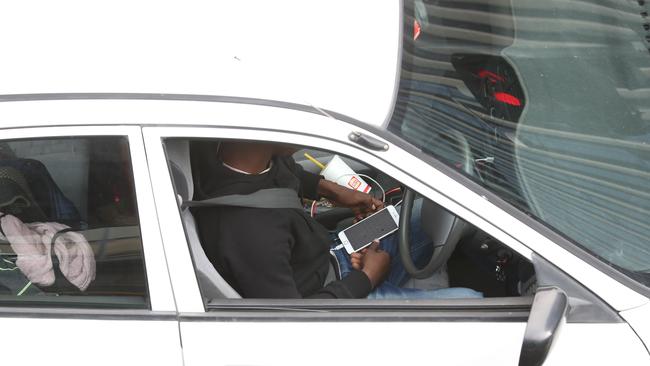
“Our survey also found that motorists identified mobile phones, child passengers, GPS systems and stereo systems were among the most common distractions when driving,’’ RAA road safety senior manager Charles Mountain said.
“It is crucially important that motorists fully concentrate on driving.”
Other behaviours police consider are linked to driver distraction include failing to give way, failing to keep left and incorrectly signalling.
Anecdotal evidence from police showed that vehicles towing caravans and trailers that veered to the wrong side of the road or lost control on bends or gravel roads led to serious or fatal crashes.
Between January and May, police handed out 2420 fines for using a mobile phone while driving, down from 3771 in the same five months last year.
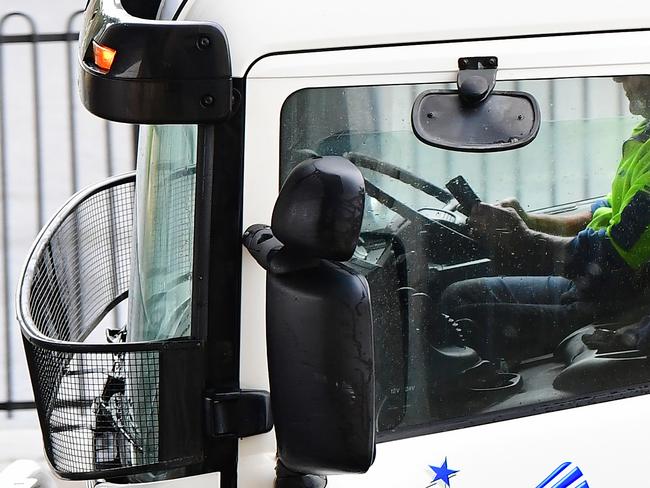
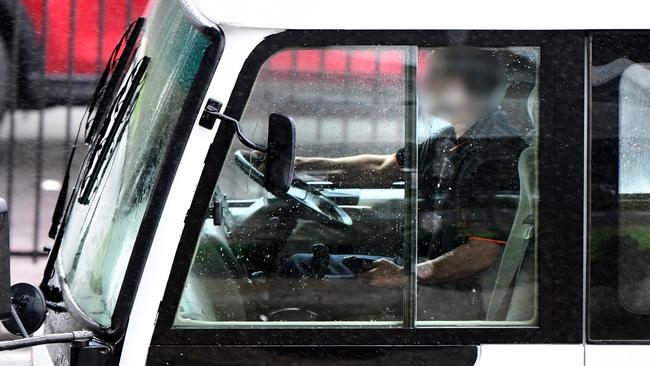
From July 1, the fine for using a handheld mobile while driving was raised from $334 to $534, with three demerit points.
Police Commissioner Grant Stevens has not ruled out supporting tougher penalties, such as doubling the fine to $1000 as introduced in Queensland, if drivers continue to use mobile phones behind the wheel.
Police have cracked down on drink-driving and speeding in the past two decades, with mobile random breath-testing introduced in 2003 and immediate loss of licence for drink drivers from 2005.
Dual speed and red light cameras were set up from 2003 and hoon-driving legislation was introduced in 2005.
Drug-driving as a cause of fatalities remained steady from 2006 to last year.


